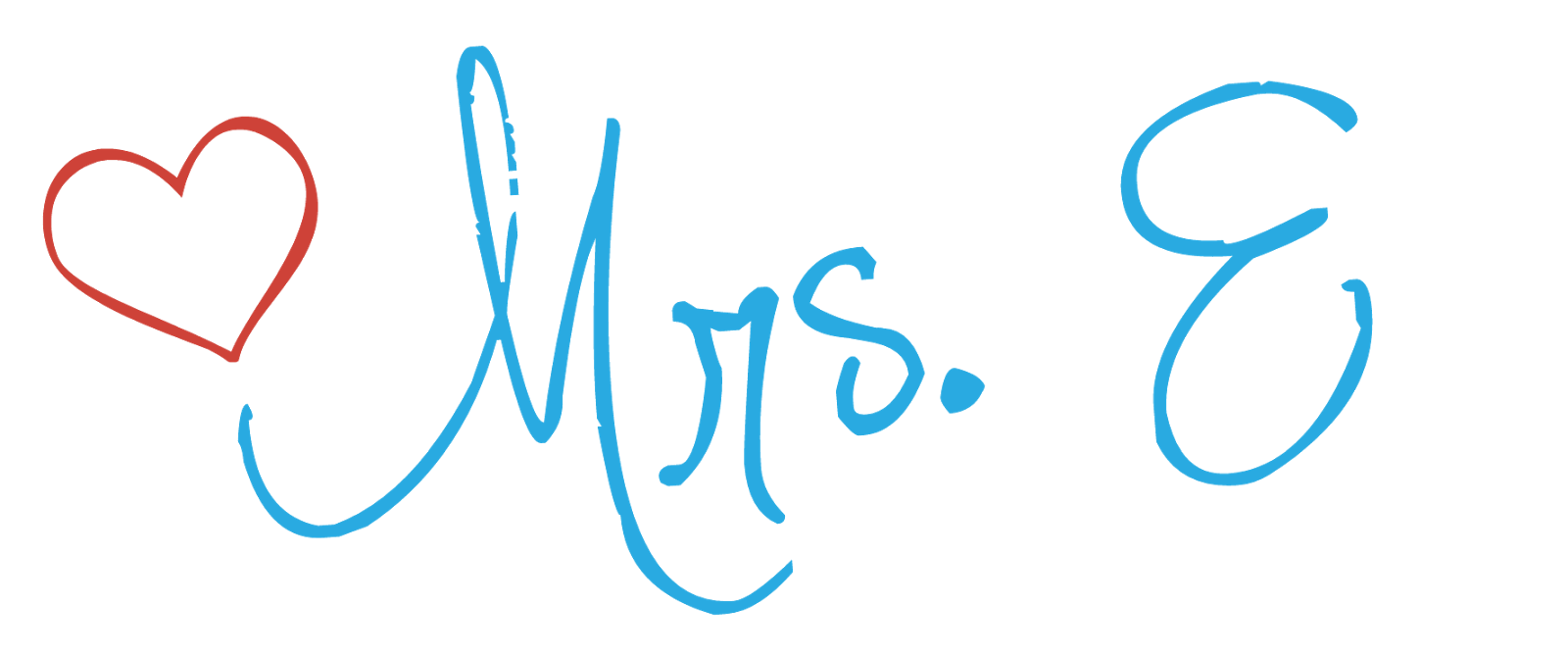Have you played
Kahoot! yet? My students ask to play this game every time we review. My kids always get excited and get VERY into the game. It’s like using clickers in class, but students can use their phones, iPads, or computers. Students like using their own devices and I like that the game keeps them very engaged. Students get more points for answering the questions correctly and quickly. I usually give small prizes for the winners.
How to Create a Kahoot!
1. Go to
getkahoot.com and create an account. They don’t email or spam you.
3. On the main page, click the question mark to create a quiz.
4. Give your quiz a name.
5. Type in a question. This is my favorite part - you can put in pictures (graphs, diagrams, etc). I like to take a screenshot of the questions and “dump” them into the quiz. It's so much faster than typing out the questions. Notice that when I dropped the screenshot into the quiz, it only half appears. That’s ok. You can change the number of points and the time limit for each question.
6. If you scroll down a little, you can see the place to type the answers. Type them in. Notice that when you type, you have the option to use some symbols?! Yay! For the correct answer click the “Incorrect” button to change it to “Correct”. Click “Add Question” to continue adding questions.
7. When you’re finished adding questions, click “Save & Continue”.
8. Fill in the information. I usually choose “School” as the Primary Audience and tag a few words. Then click “Save and Continue” again.
9. You can add a cover image here, if you’d like. Then, click “Done”.
10. Now, your quiz is saved. It is available to play immediately if you wish.
Play Your Kahoot!
2. Find the quiz that you made and click “Play”. Once the quiz loads, click “Launch”. Your screen should look like the picture below. You should project your screen for your class.
3. All of your students should go to
kahoot.it. They should type in the game pin that is displayed on your computer. They will be prompted to choose a nickname. As they log in to the quiz, their nicknames will be displayed on your computer. When you’re ready, click “Start now”.
4. While your computer displays the question, the student only sees the color of the answer options. This is the key part that keeps them engaged!
Stats are shown as the quiz progresses. Also, if you play with the teacher side a little bit, there is all kinds of data you can download.
Have fun!
Have you used Kahoot! in your classes? Did you like it? Leave a comment about it below!
 do do lots of heavy cutting. This slider type paper cutter
do do lots of heavy cutting. This slider type paper cutter is cheaper, but doesn't last as long. I have both types :)
is cheaper, but doesn't last as long. I have both types :)































